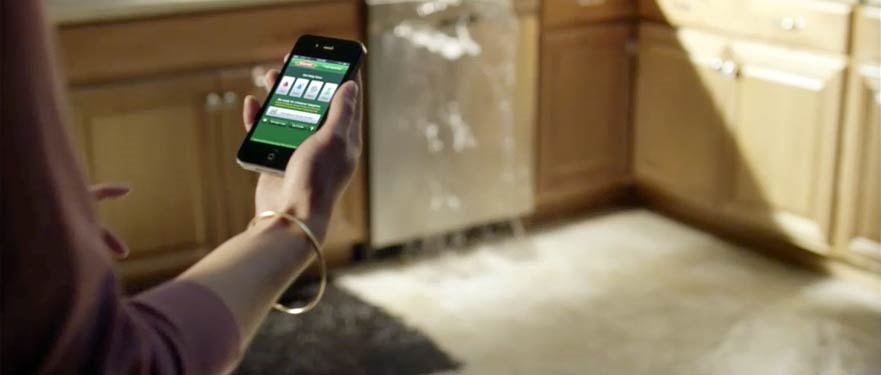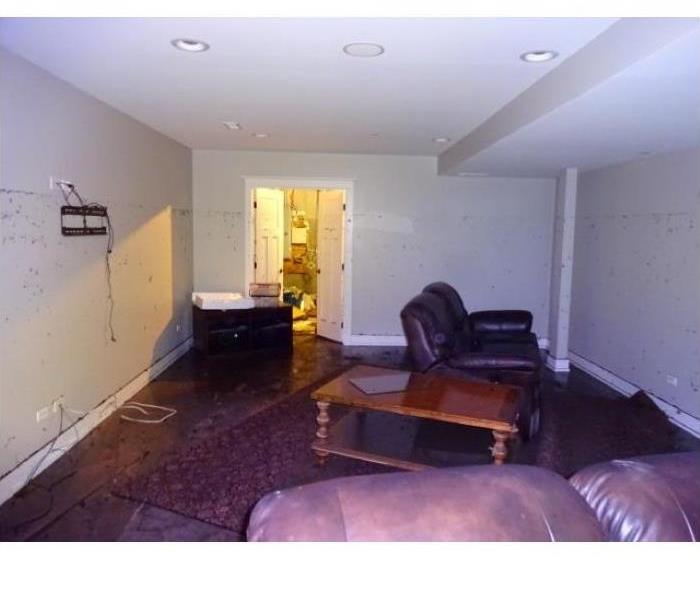
Water Damage Emergency Tips
What you can do until help arrives
Water Tips | Fire Tips | Biohazard Tips | Mold Tips
ICE DAMS CAN CAUSE WATER DAMAGE
Icicles forming on your house can be a warning sign that a disaster could occur. Icicles are a tell-tale sign that your home has an ice dam.
What is an ice dam? It’s a build-up of ice on the eaves of sloped roofs of heated buildings that results from melting snow under a snowpack reaching the eave and then freezes.
The following are conditions which are precursors for ice dams to form:
- Snow on the roof.
- The snow on the higher portion of the roof must be above 32° F.
- The snow on the lower portion of the roof must be below 32° F.
- Snow on the higher portion of the roof will melt and run down into the lower portion, and refreeze.
- Ice dams will often cause clogging of the gutters and soffit and water can not run off the roof. This may cause the water to leak through the roof.
How can ice dams be prevented?
- Keep the roof clear of snow
- Make sure gutters are cleaned out
- Keep heat turned down
- Attic area should be well insulated
Even after taking precautions a leak may occur. Take comfort in knowing that SERVPRO of Morton Grove/East Niles is here and ready 24/7 to help!
Have A Water Damage Emergency? Call (847) 983-4468
What To Do After Flooding
- Remove excess water by mopping and blotting.
- Wipe excess water from wood furniture after removal of lamps and tabletop items.
- Remove and prop wet upholstery and cushions.
- Place aluminum foil or wood blocks between furniture legs and wet carpeting.
- Turn air conditioning on for maximum drying in summer.
- Remove colored rugs from wet carpeting.
- Remove art objects to a safe, dry place.
- Gather loose items from floors.
What NOT To Do After Flooding
- Don't leave wet fabrics in place. Hang furs and leather goods.
- Don't leave books, magazines or other colored items on wet carpet or floors.
- Don't use your household vacuum to remove water.
- Don't use television or other household appliances.
- Don't turn on ceiling fixtures if ceiling is wet, and keep out of rooms where ceilings are sagging.





 24/7 Emergency Service
24/7 Emergency Service




